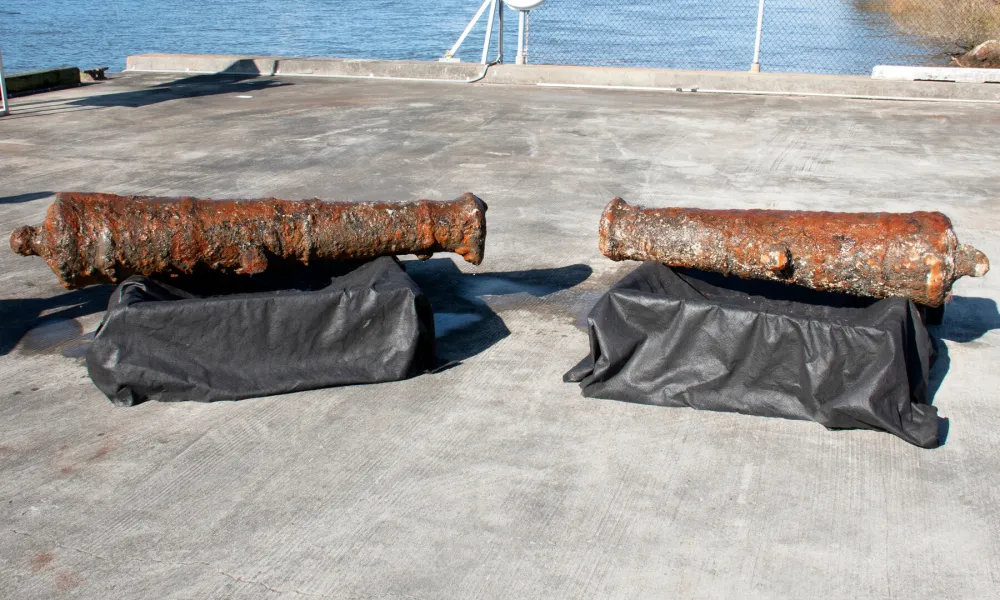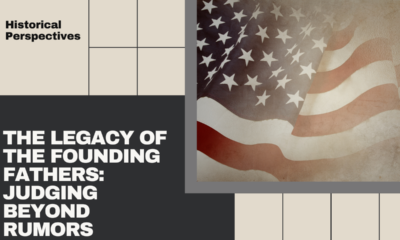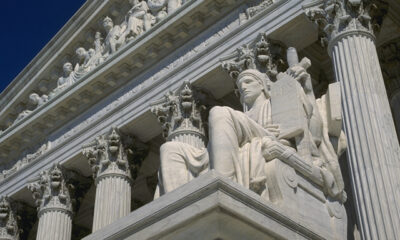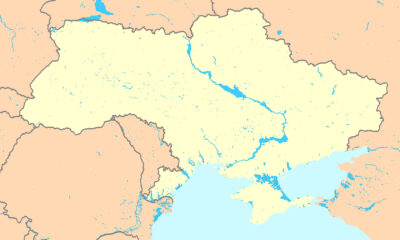News
Engineers discover 19 revolutionary war cannons in Georgia’s Savannah River

After a single cannon was pulled up from Georgia’s Savannah River, catching workers for the Army Corps of Engineers off guard, divers, archaeologists, and sonar operators began to search for further treasures.
The groups pulled up 12 more cannons, all covered in rust, sediment and mussels, and when experts began to lecture about the discoveries, they were unaware that, yet another cannon had been found.
By the time the dredging project ended in March, the corps had brought 19 cannons to the surface, all thought to be relics from ships sunk during the American Revolution, when the British occupied Savannah.
Andrea Farmer, who is an archaeologist for the Savannah district of the Army Corps of Engineers, said the cannons were most likely from the HMS Savannah, one of several British vessels sunk in an area called Five Fathom Hole. The Savannah was sunk to block the advance of French troops, who were allied with the rebels, in September 1779.
“There are historical records from the time period that state it was sunk so quickly that they left everything: the armament, the provisions, pretty much the only thing that was not on board were humans,” Farmer said.
By the fall of 1779, George Washington was attempting to organize an offensive against the British along with the revolutionaries’ French allies. That October, American and French forces attacked Savannah by land in one of the deadliest battles of the war, which is known as the Siege of Savannah. They failed to dislodge the British, and the French fleet sailed for home before the start of hurricane season. The British didn’t evacuate Savannah until 1782.
“Savannah would honestly look a lot different today if they had been able to attack via the water,” Farmer said.
Terry A. Hurlbut has been a student of politics, philosophy, and science for more than 35 years. He is a graduate of Yale College and has served as a physician-level laboratory administrator in a 250-bed community hospital. He also is a serious student of the Bible, is conversant in its two primary original languages, and has followed the creation-science movement closely since 1993.
-

 Civilization5 days ago
Civilization5 days agoCHAPTER 12: Seeding Race Wars
Space Is No Longer the Final Frontier—Reality Is [forthcoming release May 2024] -

 Constitution3 days ago
Constitution3 days agoPrecinct Strategy scores again
-

 Education4 days ago
Education4 days agoTitle IX revision sparks State revolts
-

 Civilization2 days ago
Civilization2 days agoLegacy media already assume Trump wins
-

 Education5 days ago
Education5 days agoDid the Freemasons, Illuminati, Spiritualists and Mystics establish this country?
-

 Civilization3 days ago
Civilization3 days agoSCOTUS Is Last Bulwark Against Critical Legal Studies
-

 Education4 days ago
Education4 days agoThe Road Back to Normalcy Starts Where the Problem Began: College Campuses
-

 Civilization2 days ago
Civilization2 days agoWhat 10 Years of U.S. Meddling in Ukraine Have Wrought (Spoiler Alert: Not Democracy)


